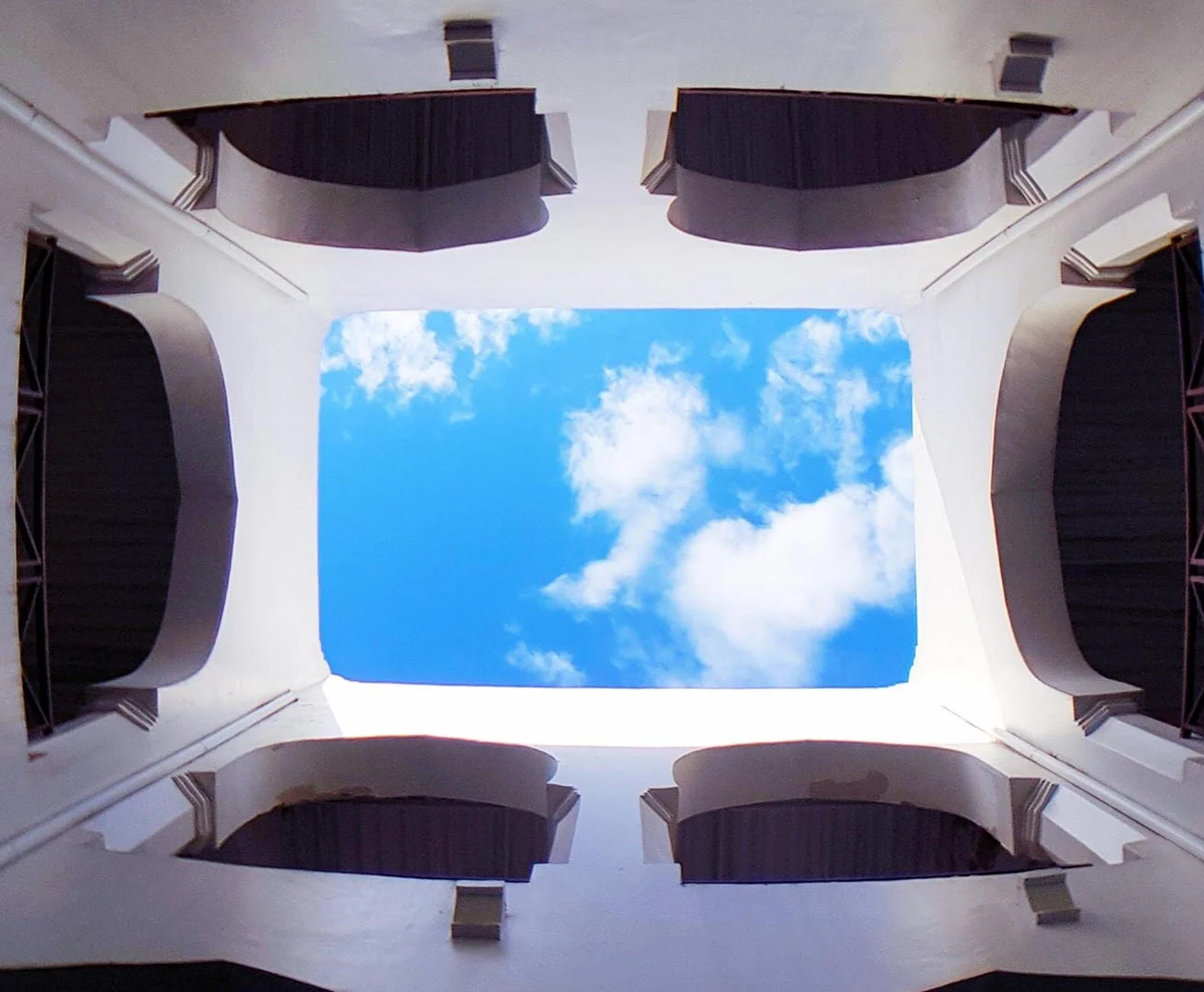Explore the rich history of Zanzibar
A fusion of various architectural styles representing a range of historical periods, Stone Town is filled with museums and other attractions of cultural and historical importance.
Historic Stone Town is a UNESCO World Heritage site, and features a unique blend of African, Arab, Indian, and European architecture, with ample examples of early eighteenth century houses, markets, and public structures. With its ancient, narrow streets and alleys, you’ll need to explore Stone Town on foot; its main attractions are all within walking distance.
In particular, Stone Town is known for its variety of well preserved, intricately carved and decorated doors and doorways. One such example, dating from 1694, is now installed as the front door of the Zanzibar Museum of Art. Carved by artisans from India who were paid passage to come over to work by rich merchants, these doors fall into two general categories. The Indian, or Gujarati doors feature square shutters and line the busy bazaar streets, which were home to Indian merchants. The Arab doors often feature an Arabic inscription on the top, with an intricately carved frame.
Stone Town is home to twenty-six landmark buildings, all within walking distance. A few highlights are noted below.
The Palace of Wonders
Built in 1883, this sultan’s palace was the first building to have electricity in Zanzibar, and the first to have an elevator in East Africa. Cast-iron columns were also used for the first time in Zanzibar, allowing for sweeping, high ceilings. The building is now a museum, and is one of Stone Town’s top attractions.
The Sultan’s Palace
This palace housed the royal family and was constructed in the late nineteenth century. It has been converted to a museum with exhibits on the royal family.
The Old Fort (“Ngome Kongwe” in Swahili
The Old Fort is next to the Palace of Wonders, and was built in the seventeenth century by the Omanis to protect the city from European invasions. The internal courtyard is now a cultural center, and hosts music and dance shows, workshops, and film screenings.
The Anglican Cathedral
A symbol of the end of the slave trade, this building’s foundation stone was laid in 1873 when the slave trade was officially abolished, and its altar was in the exact spot where the main whipping post of the market used to be. Constructed using cement instead of the more typical lime mortar, various Arabic features may be spotted in this mainly Gothic building.
Hamamni Persian Baths
These baths were built between 1870 and 1888 for sultan Barghash bin Said for use as public baths. They were used as such until 1920, usually by the rich, and attracted people from all ethnic groups. No longer operational, its structures have been converted to restaurants and residential complexes.


